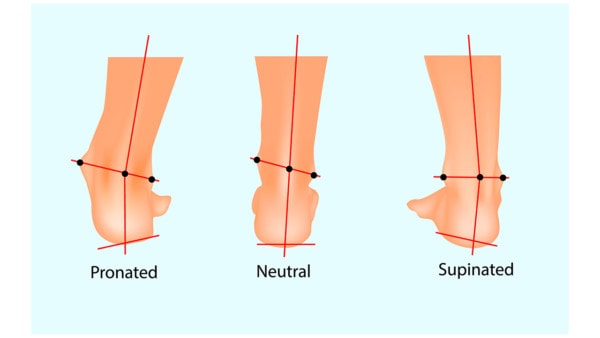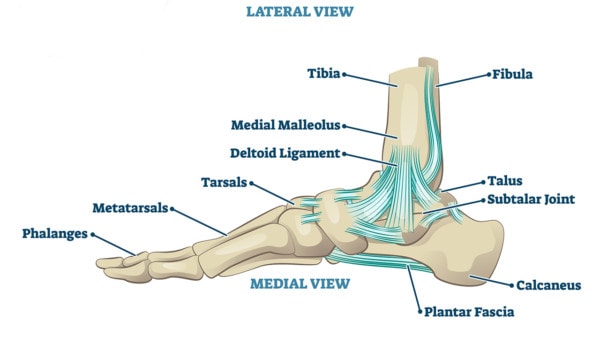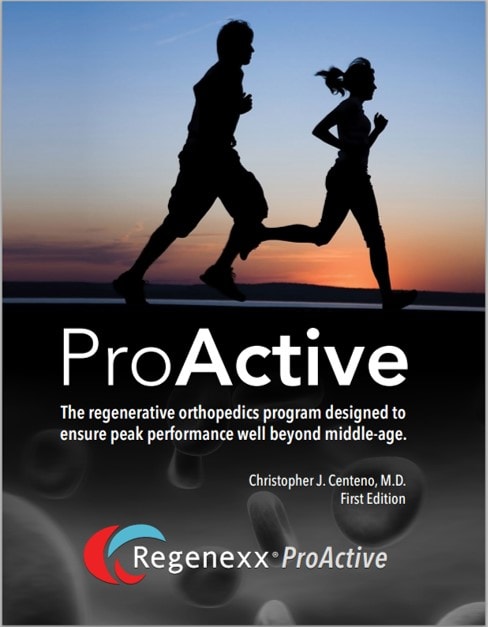Collapsed Ankle: Why It Happens and What to Do About It
On this page:
- What causes a collapsed ankle?
- How do you treat a collapsed ankle?
- What if I leave a collapsed ankle untreated?
I both love and hate getting older. The one part of getting older I do like is that I get to experience on a first-hand basis all of the stuff my patients present with. There is no better way to hone your skills than seeing it all happen in yourself. Up this week is my left inside ankle collapse. Let’s dig in.
What Causes a Collapsed Ankle?
When the inside of the ankle collapses inward, it’s also called ankle pronation. This is the opposite of ankle supination, which goes the other way. See below:

Sakurra/Shutterstock
I don’t usually work out in front of a mirror, but since I’m down in Grand Cayman, the condo where I stay has a good gym with a mirror. I was doing some simple CrossFit exercises, and I noticed that my left ankle was collapsing inward. Check out my video below and pay attention to the inside of that left ankle.

However, my outside ankle was the area that hurt the most, why? See my video below for that explanation:
The inside of the ankle is supported by strong ligaments. The main ones are called the deltoid ligaments. There are also the spring ligaments:

Ankle joint vector illustration. Labeled educational leg structure scheme. Physiological orthopedics explanation with isolated toe closeup. Cross section with phalanges, tibia, tarsals, ligament graph
When these ligaments are loose, the ankle collapses inward.
How Do You Treat a Collapsed Ankle?
I definitely won’t get any surgery. I will have one of my Colorado partners inject high dose platelet-rich plasma using very precise ultrasound guidance. The goal is to get these weak ligaments to heal and tighten. I’ll also get a higher arch insert in the meantime (1).
What if I Leave a Collapsed Ankle Untreated?
The outside of my main ankle joint is taking on too much pressure because of these weak inside ankle ligaments. Hence, if I leave this and continue to be active, I will eventually get arthritis in the outside of my ankle joint (2). So this needs to be treated ASAP.
To see why I’m taking care of this right now, read my book about getting older and staying ahead of the multiple injuries that plague all of us middle-aged and older people:
The upshot? I need to take care of this right away! While getting old is hard, I do love making me a better doctor!
__________________________________________________
References
(1) Hunt MA, Takacs J, Krowchuk NM, Hatfield GL, Hinman RS, Chang R. Lateral wedges with and without custom arch support for people with medial knee osteoarthritis and pronated feet: an exploratory randomized crossover study. J Foot Ankle Res. 2017;10:20. Published 2017 May 2. doi:10.1186/s13047-017-0201-x
(2) Golightly YM, Hannan MT, Dufour AB, Hillstrom HJ, Jordan JM. Foot disorders associated with overpronated and oversupinated foot function: the Johnston County osteoarthritis project. Foot Ankle Int. 2014;35(11):1159-1165. doi:10.1177/1071100714543907

If you have questions or comments about this blog post, please email us at [email protected]
NOTE: This blog post provides general information to help the reader better understand regenerative medicine, musculoskeletal health, and related subjects. All content provided in this blog, website, or any linked materials, including text, graphics, images, patient profiles, outcomes, and information, are not intended and should not be considered or used as a substitute for medical advice, diagnosis, or treatment. Please always consult with a professional and certified healthcare provider to discuss if a treatment is right for you.
